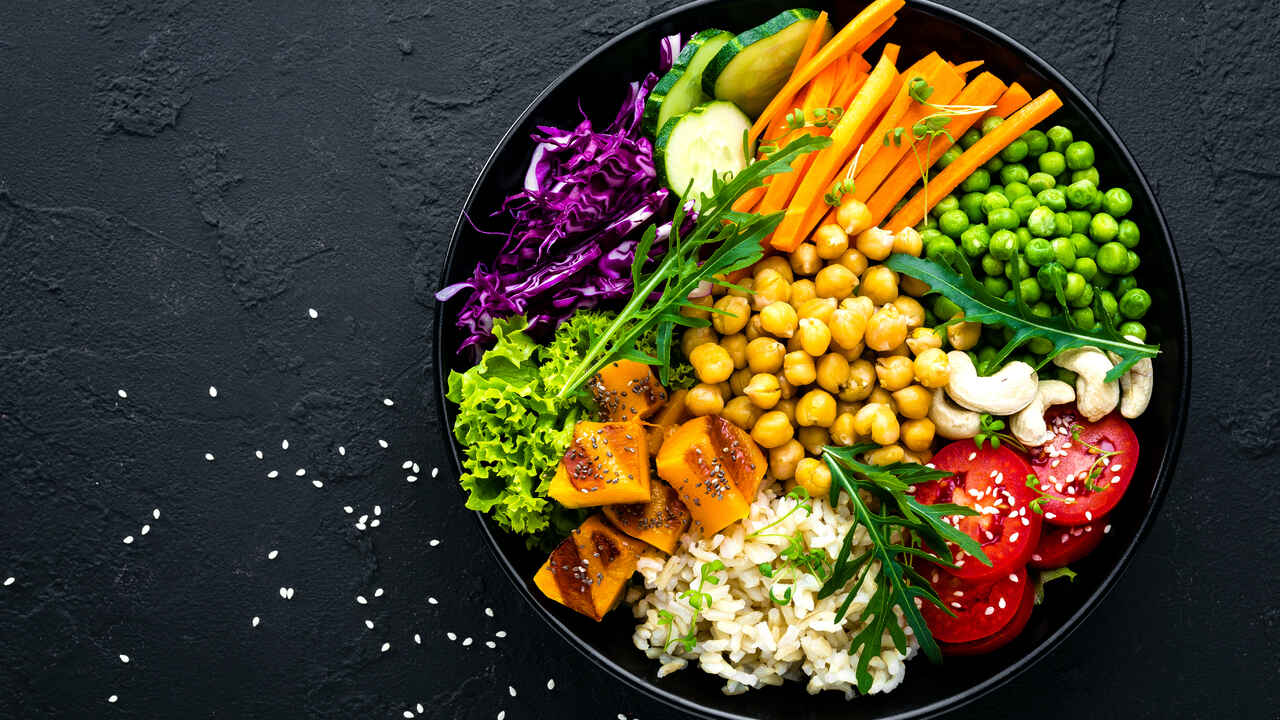India is a land of diverse cultures, languages, and traditions, and one of the most significant aspects of this diversity is its dietary preferences. The vegetarian population in India is substantial, influenced by a variety of factors, including religion, culture, and regional cuisine. In this blog, we will explore the top ten states with the highest vegetarian population in India, highlighting the unique cultural and culinary contributions that each state brings to the vegetarian landscape.
1. Rajasthan
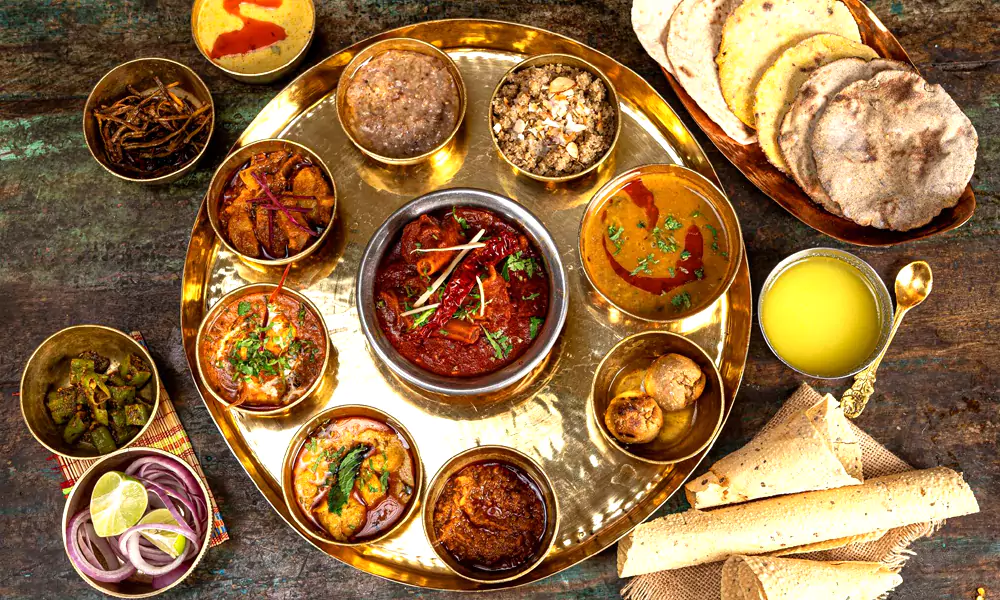
At the forefront is Rajasthan, where a staggering 74.9% of the population embraces vegetarianism. This state is known for its vibrant culture, colorful festivals, and majestic forts, all of which are accompanied by a rich culinary heritage deeply rooted in vegetarian traditions.
Rajasthan’s vegetarian cuisine is heavily influenced by the arid climate, which makes agriculture challenging. Consequently, local cuisine has evolved to include a wide variety of lentils, pulses, and grains that can thrive in such conditions.
Read : Palitana: The World’s First Vegetarian City
Traditional dishes like dal baati churma, a combination of baked wheat balls served with lentil curry and a sweetened wheat dish, exemplify the flavors and richness of Rajasthani vegetarian food. The use of spices like cumin, coriander, and turmeric enhances the taste, making Rajasthani meals both flavorful and nutritious.
Read : Jacqueline Fernandez, Riteish Deshmukh Named India’s ‘Most Beautiful Vegetarian Celebrities’
The state’s strong ties to Jainism and Hinduism further promote vegetarianism, as both religions advocate non-violence towards all living beings. This cultural backdrop is reflected in the culinary practices of the people, leading to a thriving vegetarian food culture that is celebrated during various festivals and family gatherings.
2. Haryana
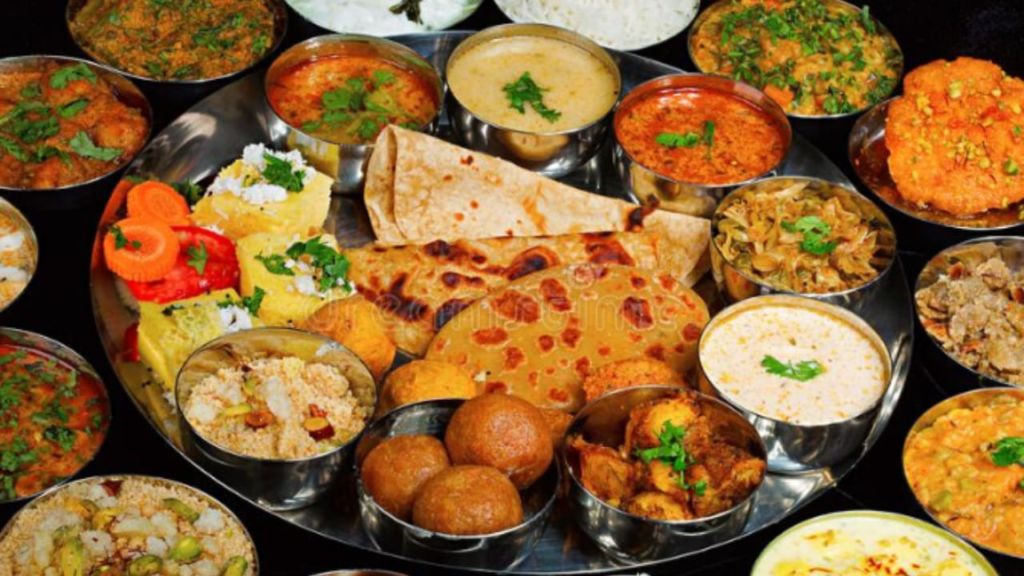
Following closely is Haryana, with 69.25% of its residents opting for a vegetarian lifestyle. This agricultural state showcases a strong connection between its agrarian roots and the choice of plant-based diets. The landscape of Haryana is dominated by vast fields of wheat, rice, and mustard, which significantly influences the local cuisine.
Haryanvi cuisine emphasizes simplicity and nutrition, with dishes often prepared using locally sourced ingredients. Popular vegetarian dishes include besan masala roti (gram flour flatbread) and kadhi pakora (gram flour fritters in yogurt sauce). The focus on fresh produce and traditional cooking methods results in meals that are wholesome and satisfying.
Moreover, Haryana’s culture promotes the idea of healthy living, often reflecting in the dietary choices of its people. The significance of vegetarianism in Haryana is not merely a dietary choice but a way of life, deeply embedded in the state’s traditions and values.
3. Punjab
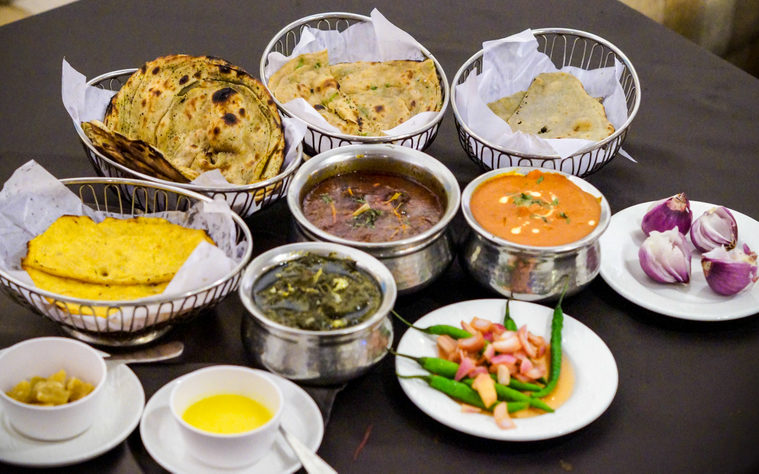
Punjab, renowned for its vibrant culture and rich agricultural practices, boasts a vegetarian population of 66.75%. The state’s cuisine reflects the abundance of locally grown produce, making it a paradise for vegetarians.
Punjabi food is characterized by its bold flavors, generous use of spices, and hearty portions. Dishes such as sarson da saag (mustard greens) served with makki di roti (cornmeal flatbread) and chole bhature (spicy chickpeas with deep-fried bread) are staples that highlight the state’s agricultural bounty. The emphasis on dairy products, such as paneer (cottage cheese) and lassi (yogurt drink), further enhances the vegetarian offerings in Punjab.
Festivals and celebrations in Punjab often revolve around food, and vegetarian dishes play a central role in family gatherings and community feasts. The rich cultural heritage of Punjab, combined with its agricultural wealth, ensures that vegetarianism is not just a dietary preference but an integral part of the Punjabi way of life.
4. Gujarat
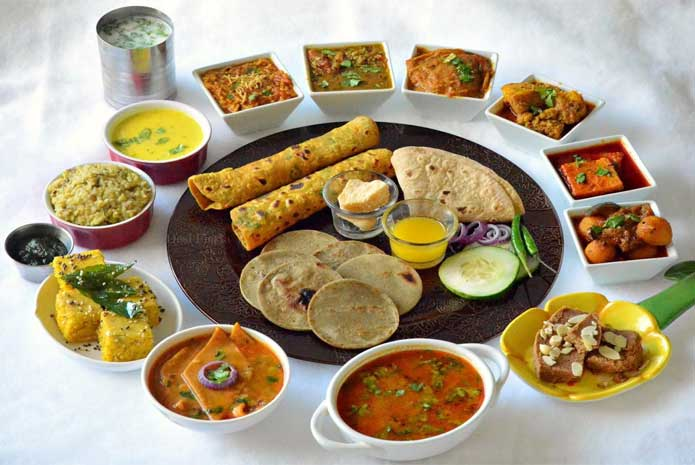
Gujarat, with a vegetarian population of 60.95%, is a stronghold of vegetarian traditions. The state’s culinary identity is significantly influenced by Jainism, which emphasizes a strict vegetarian diet and the principle of non-violence towards all living beings.
Gujarat’s cuisine is characterized by its use of a variety of grains, legumes, and vegetables, resulting in a diverse range of dishes. One of the most popular vegetarian dishes is dhokla, a fermented steamed cake made from rice and chickpea flour, often served with tangy chutney. Other notable dishes include thepla (spiced flatbread) and undhiyu (mixed vegetable curry).
The Gujarati thali, a platter that offers an assortment of dishes, exemplifies the state’s commitment to vegetarianism. It typically includes a variety of vegetables, lentils, breads, and sweets, showcasing the rich culinary heritage of Gujarat. The state’s emphasis on vegetarian food is also evident in its vibrant street food culture, where one can find an array of vegetarian snacks that are both delicious and satisfying.
5. Madhya Pradesh
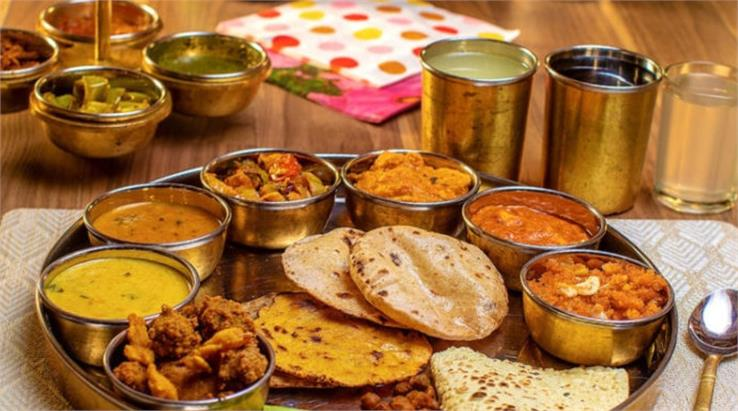
With half of its population embracing vegetarianism, Madhya Pradesh strikes a balance between tradition and modernity. The state’s culinary heritage includes a diverse range of vegetarian dishes, reflecting the various cultural influences that have shaped the region over time.
Madhya Pradesh is home to several tribal communities, each contributing unique flavors and ingredients to the local cuisine. Dishes like poha (flattened rice) and dal bafla (wheat dough balls served with lentil curry) are popular across the state. The use of seasonal vegetables and locally sourced ingredients is a hallmark of Madhya Pradesh’s vegetarian fare.
Festivals in Madhya Pradesh often feature elaborate vegetarian spreads, showcasing the region’s agricultural bounty and culinary creativity. The state’s commitment to vegetarianism is evident in its cuisine, which is not only diverse but also deeply rooted in cultural traditions.
6. Uttar Pradesh
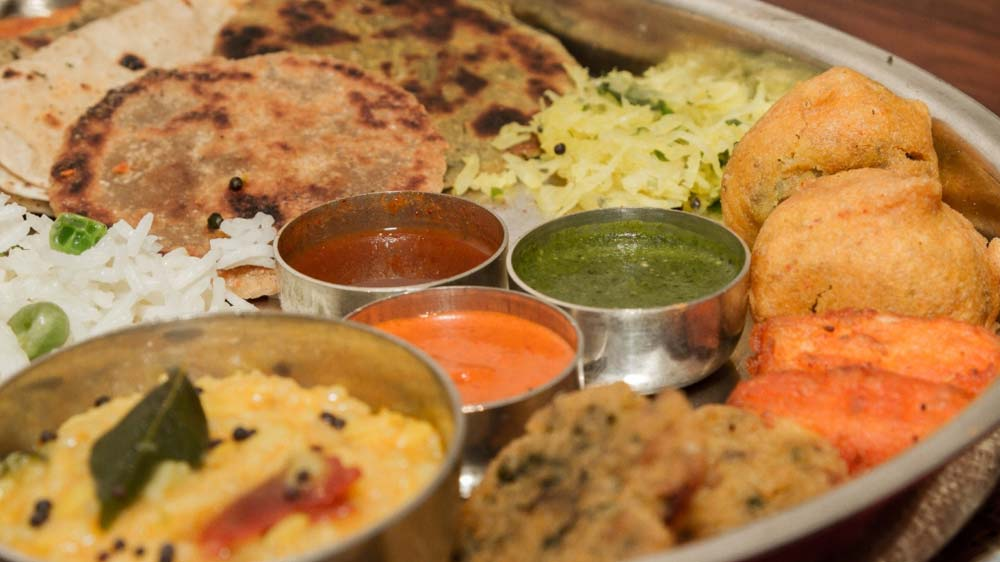
Uttar Pradesh, a state with a rich historical and cultural backdrop, sees 47.1% of its populace opting for vegetarian fare. The state’s cuisine reflects a harmonious blend of flavors, with influences from Mughal, Awadhi, and local traditions.
In Uttar Pradesh, vegetarian dishes are celebrated for their rich flavors and variety. Popular dishes include paneer tikka, aloo gobi (potatoes and cauliflower), and dal (lentils), often prepared with a generous amount of spices and herbs. The state’s cuisine also incorporates a variety of sweets, such as kheer (rice pudding) and jalebi (fried sweet), which are often enjoyed during festive occasions.
The state’s diverse cultural landscape contributes to its culinary richness, making vegetarianism an integral part of life in Uttar Pradesh. The significance of vegetarian food is evident during festivals, weddings, and family gatherings, where elaborate vegetarian feasts are common.
7. Maharashtra
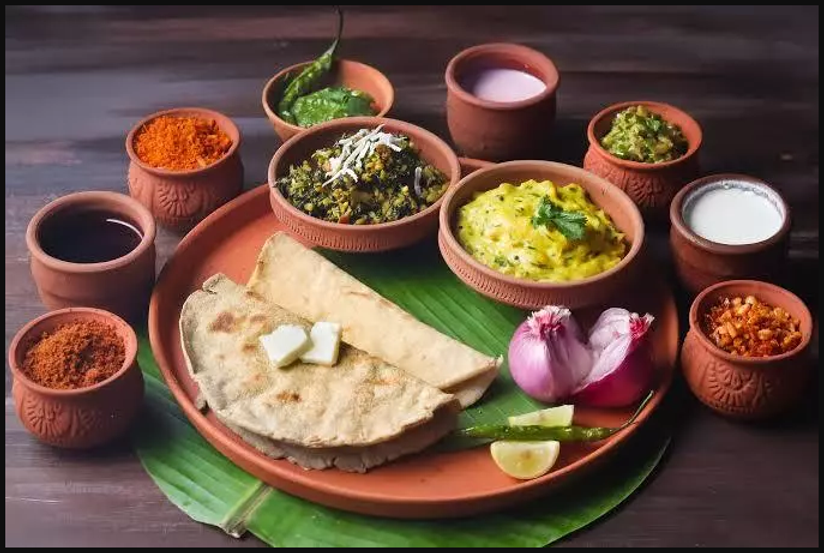
In Maharashtra, 40.2% of the population follows a vegetarian lifestyle. Despite the popularity of seafood in coastal regions, the state has a substantial vegetarian community with a penchant for culinary innovation.
Maharashtrian cuisine is characterized by its diverse flavors and ingredients, reflecting the state’s rich agricultural diversity. Signature vegetarian dishes include puran poli (sweet flatbread stuffed with lentils), batata vada (spiced potato fritters), and varan bhaat (dal with rice). The state’s culinary offerings often incorporate a variety of spices, coconut, and peanuts, resulting in flavorful and hearty meals.
Maharashtra is also known for its street food culture, where vegetarian snacks like vada pav (spicy potato sandwich) and bhel puri (puffed rice salad) are widely popular. Festivals and family gatherings in Maharashtra often feature elaborate vegetarian spreads, showcasing the state’s commitment to vegetarianism.
8. Delhi
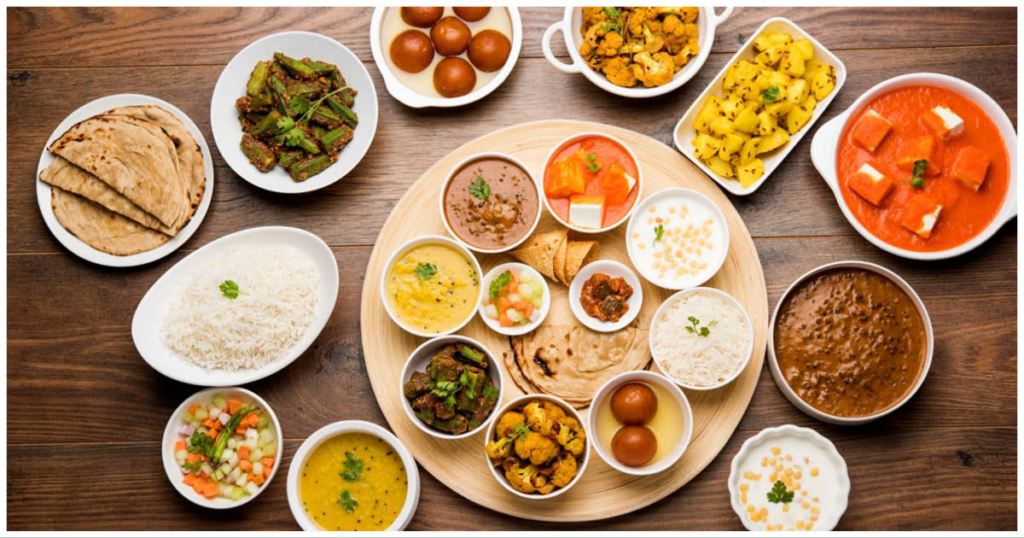
The national capital, Delhi, maintains its cosmopolitan character with 39.5% of its residents choosing vegetarianism. The city’s diverse food scene caters to various dietary preferences, including a thriving vegetarian culinary landscape.
Delhi is renowned for its street food, and vegetarian options abound. Popular dishes include chole bhature, aloo tikki chaat (spicy potato fritters served with yogurt and chutney), and dal makhani (creamy lentil curry). The city’s culinary scene reflects a fusion of traditional North Indian flavors and contemporary trends, making it a vibrant hub for vegetarian food lovers.
Cultural festivals in Delhi often feature elaborate vegetarian feasts, showcasing the diversity of the city’s population. With an influx of different communities, Delhi’s vegetarian food landscape continues to evolve, offering a unique blend of traditional and modern vegetarian dishes.
9. Uttarakhand
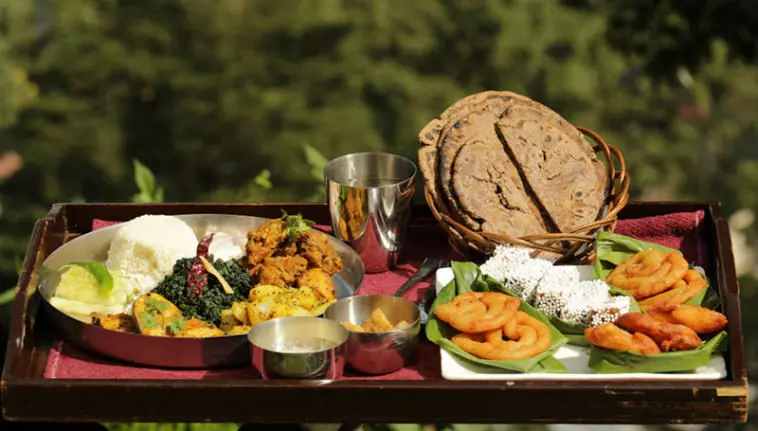
Nestled in the Himalayan foothills, Uttarakhand showcases a vegetarian population of 27.35%. The serene surroundings seem to influence the dietary choices of its residents, who often embrace a plant-based diet.
Uttarakhand’s cuisine is heavily influenced by its agricultural practices and the availability of local ingredients. Popular vegetarian dishes include aaloo ke gutke (spiced potatoes), kafuli (green leafy vegetable curry), and puri bhaji (fried bread with spiced potatoes). The simplicity and freshness of the ingredients are hallmarks of Uttarakhand’s culinary traditions.
The state’s cultural practices, including the influence of Hinduism, further reinforce the significance of vegetarianism. Festivals in Uttarakhand are often celebrated with traditional vegetarian dishes, highlighting the connection between food and culture in this picturesque region.
10. Karnataka
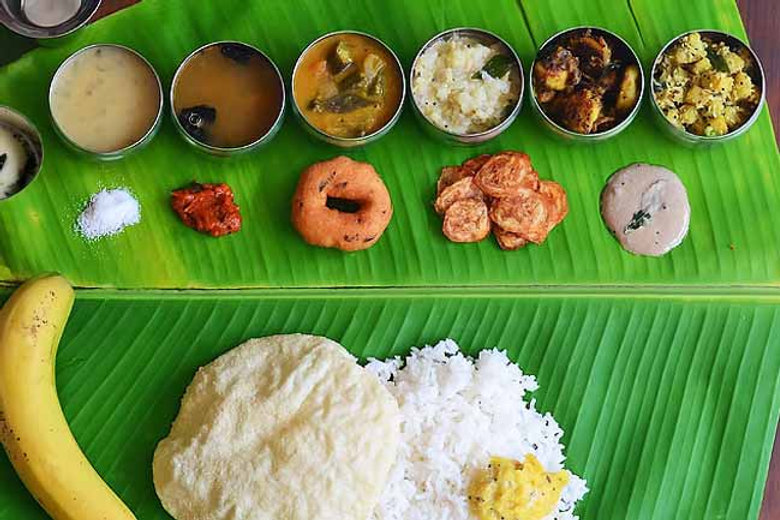
In Karnataka, 21.1% of the population embraces a vegetarian lifestyle. The state’s diverse culinary offerings include a mix of vegetarian and non-vegetarian delights, reflecting its cultural diversity.
Karnataka is known for its distinct regional cuisines, with each area offering unique vegetarian dishes. Popular options include bisibelebath (spiced rice and lentils), ragi mudde (finger millet balls), and udupi sambar
(spicy lentil stew). The use of rice, lentils, and a variety of vegetables showcases the state’s commitment to vegetarianism.
The state’s rich culinary heritage is celebrated during festivals and family gatherings, where traditional vegetarian dishes take center stage. Karnataka’s vegetarian cuisine continues to evolve, blending traditional recipes with contemporary influences, making it an exciting part of India’s culinary landscape.
Here’s the table displaying the information about the top 10 states with the highest vegetarian population in India:
| Rank | State | Vegetarian Population (%) |
|---|---|---|
| 1 | Rajasthan | 74.9 |
| 2 | Haryana | 69.25 |
| 3 | Punjab | 66.75 |
| 4 | Gujarat | 60.95 |
| 5 | Madhya Pradesh | 50.6 |
| 6 | Uttar Pradesh | 47.1 |
| 7 | Maharashtra | 40.2 |
| 8 | Delhi | 39.5 |
| 9 | Uttarakhand | 27.35 |
| 10 | Karnataka | 21.1 |
India’s rich cultural tapestry is reflected in its culinary choices, and the prevalence of vegetarianism in these states adds a unique flavor to the country’s gastronomic landscape. From Rajasthan’s vibrant dishes to Punjab’s hearty fare, each state contributes its distinct culinary identity to the vegetarian scene. As dietary preferences continue to evolve, these states uphold and celebrate the tradition of vegetarianism, ensuring that plant-based diets remain an integral part of Indian culture in 2023.
let’s enjoy few years on earth with peace and happiness….✍🏼🙏

